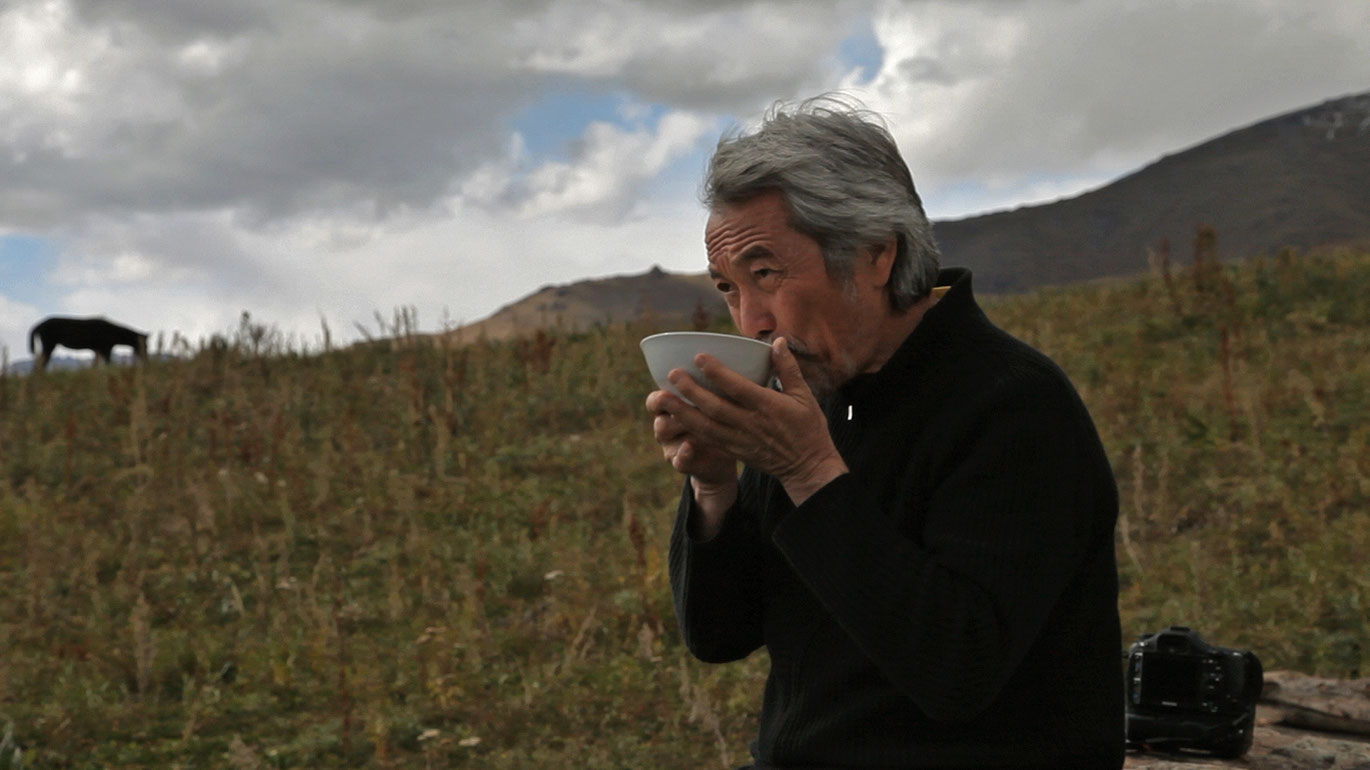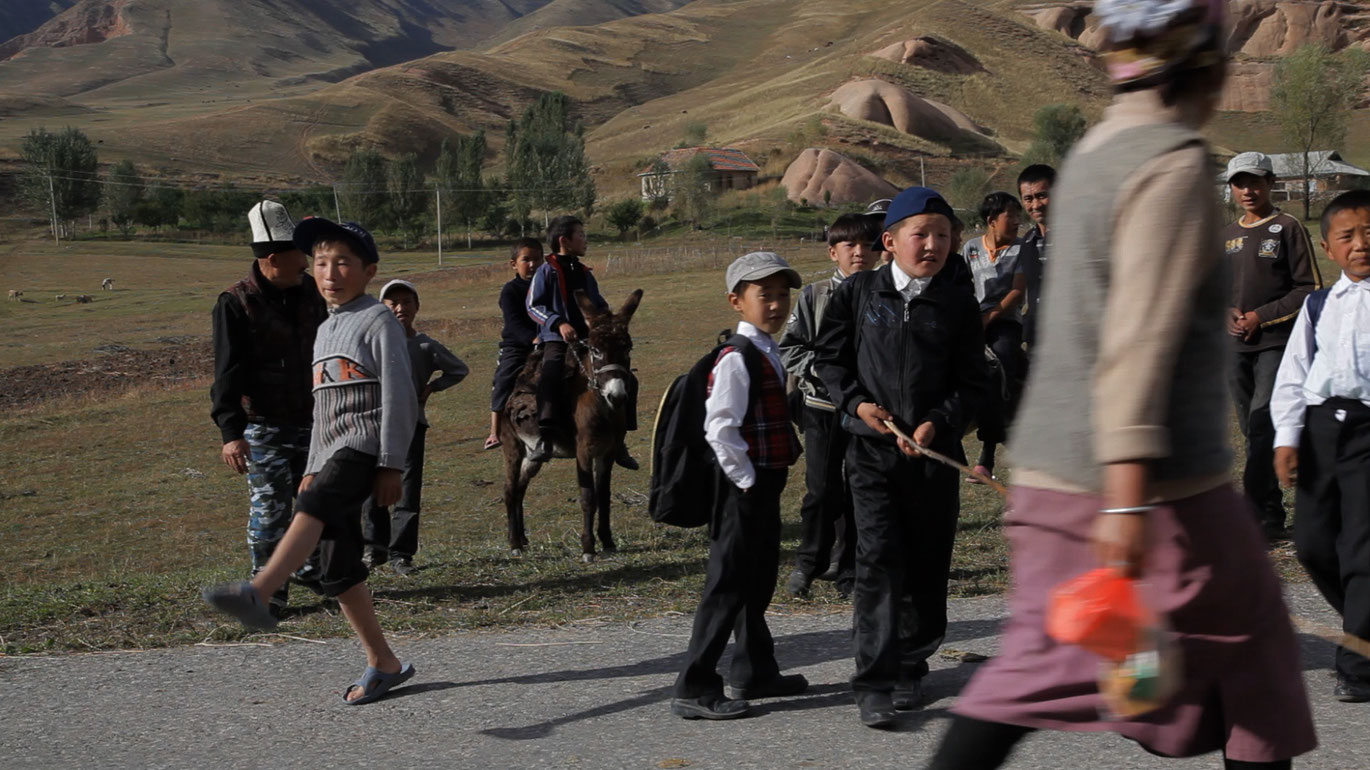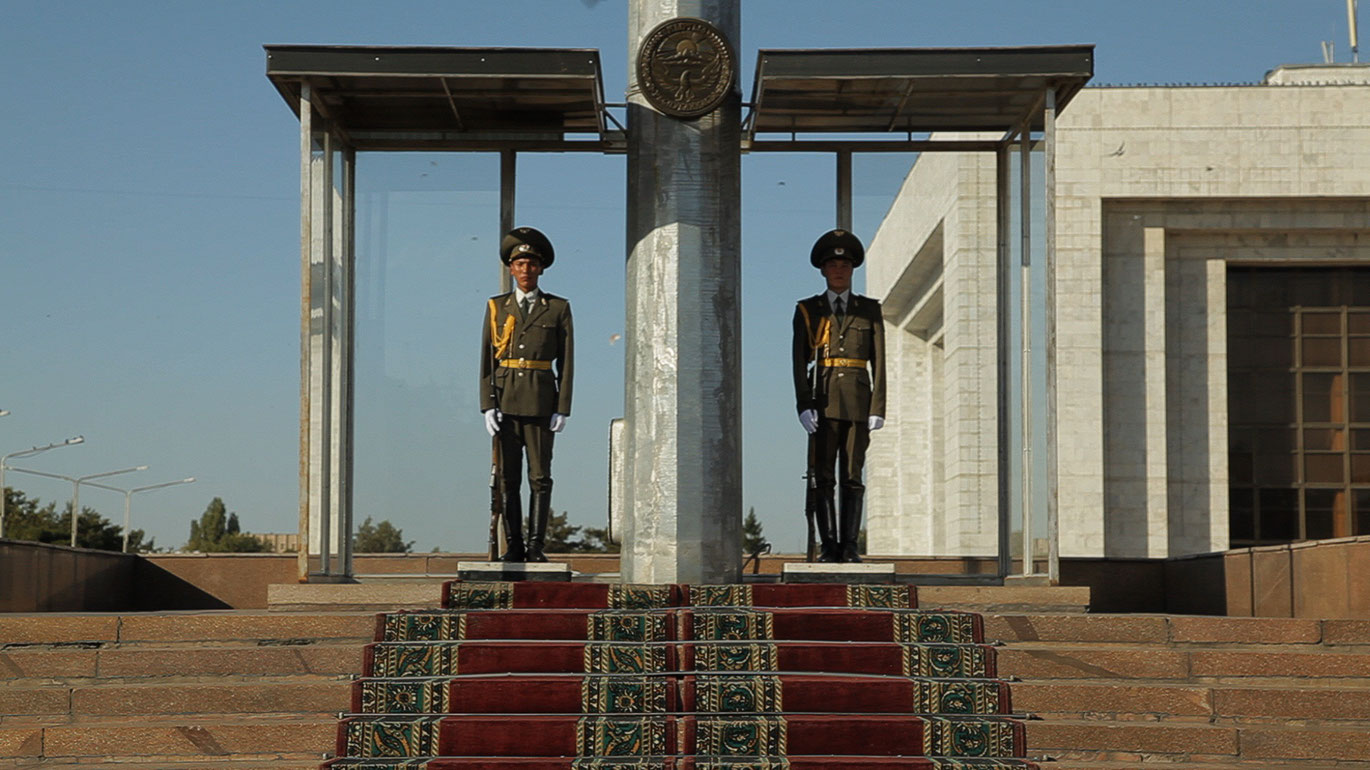Little Perestroika
The observation and representation of changes, no matter how inconspicuous has been one of documentary film´s capabilities as an art form right from the start. Bernhard Pötscher´s first independent cinematic work already promises change in the title, and even furnishes this with a quantifying attribute: in comparison to the restructuring and modernization process introduced in the Soviet Union in early 1986, the change that Pötscher´s film describes is a less weighty reconstruction, that is, a Little Perestroika.
The setting for the film is the Kyrgyz Republic, which at the time of filming had just seen the end of its second democratic revolution (after the Tulip Revolution in 2005), a violent, ethnic conflict between the Kyrgyz and Uzbek people in the south of the country, and the passing of a constitutional amendment, which intended to reverse, once and for all, the persistent trend towards an authoritarian presidential democracy. The scene is thus one of considerable political turnover whose dimensions one is able to garner from the film only because it so consistently puts them in relation to the work and subjective experience of its protagonist, Shailo Djekshenbaev, a freelance photographer.
In this way, the film achieves what inevitably remains beyond reach of all fact-oriented foreign coverage: concentration on the internal speed of the transformation. This appears as a condition, which changes only minimally from beginning to end: from the tears over the state of the Kyrgyz people through to the half-hearted attempt to get rid of the wallpapers from the Soviet era. As event, a revolution remains always extrinsic to experience. The perestroika reveals its relativizing power first when measured through the perceptions of a protagonist. (Vrääth Öhner)
Translation: Lisa Rosenblatt
Kleine Perestrojka
2012
Austria
90 min
Documentary
not specified
English, German



